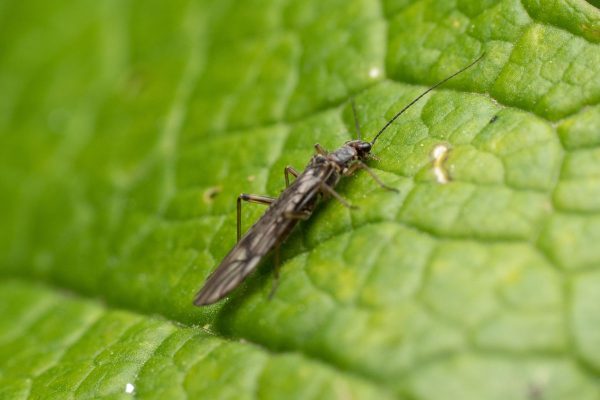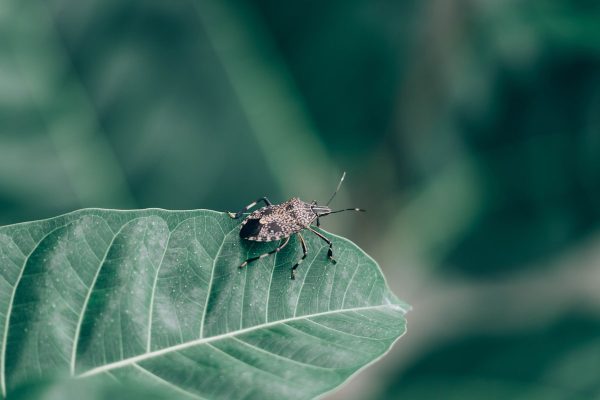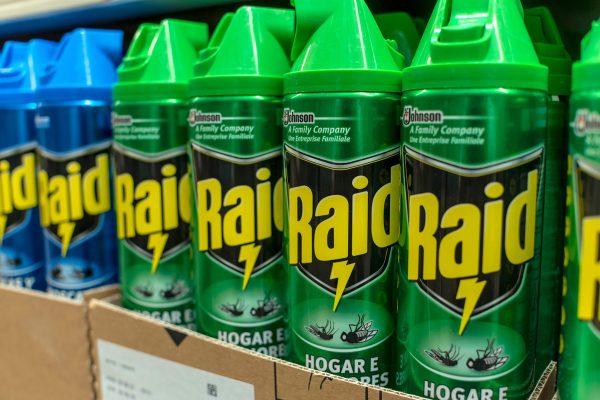For your vegetables to thrive, you need to make sure that no pests eat away at the growing leaves and roots. That's where vegetable insect sprays come in--particularly Sevin spray. This brand of insecticide contains a neurotoxin called carbaryl which can be toxic to humans. So how do you make sure you're using it properly? We have researched the answer to find out.
You should only use the Sevin spray when it is necessary. Remember to shake vigorously before spraying it on your vegetables; dilute the concentrate in water if you want to be on the safe side.
To avoid poisoning, you need to wait for up to 14 days before harvesting the vegetables, then they need to be thoroughly washed to get rid of leftover chemical particles.
Using harsh insecticides should not be our first instinct when taking care of our vegetables, but should they be extremely necessary, we need to use them with caution. Fortunately, there are many ways you can safely use the Sevin spray for your plants. Keep reading below to learn more.
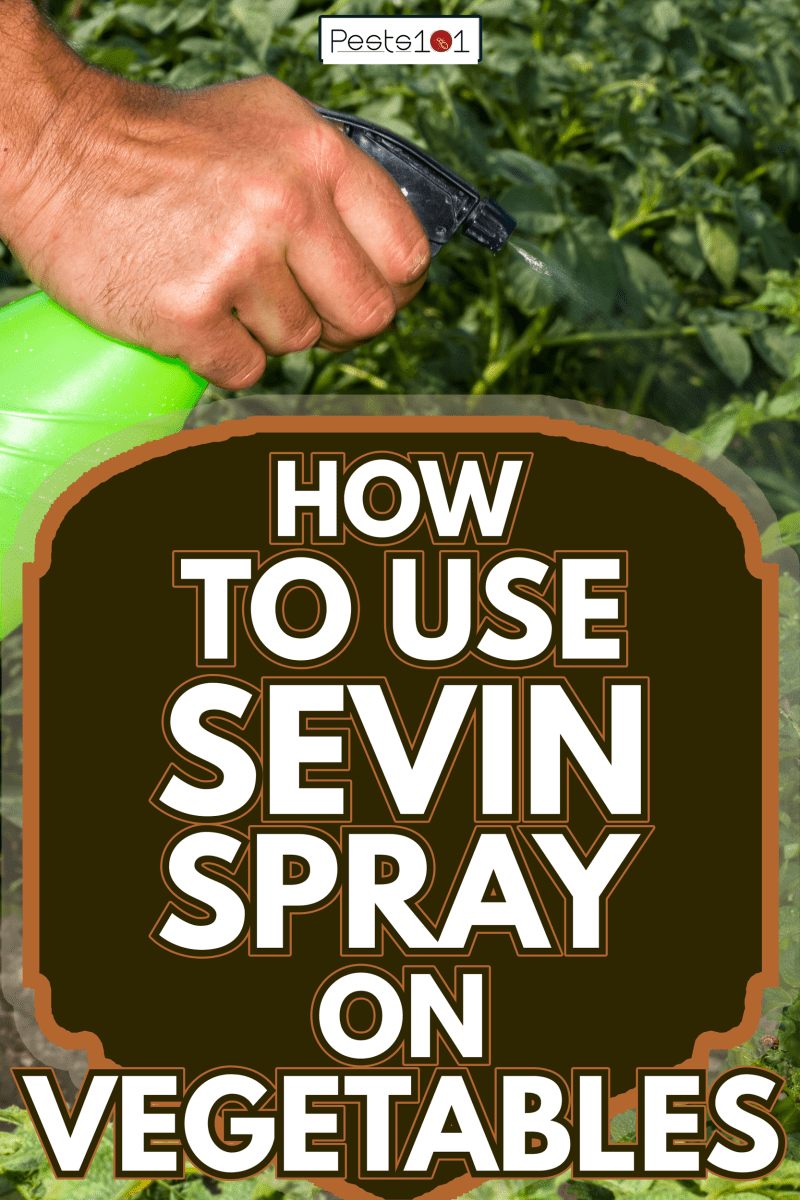
Is it safe to eat vegetables sprayed with pesticides?
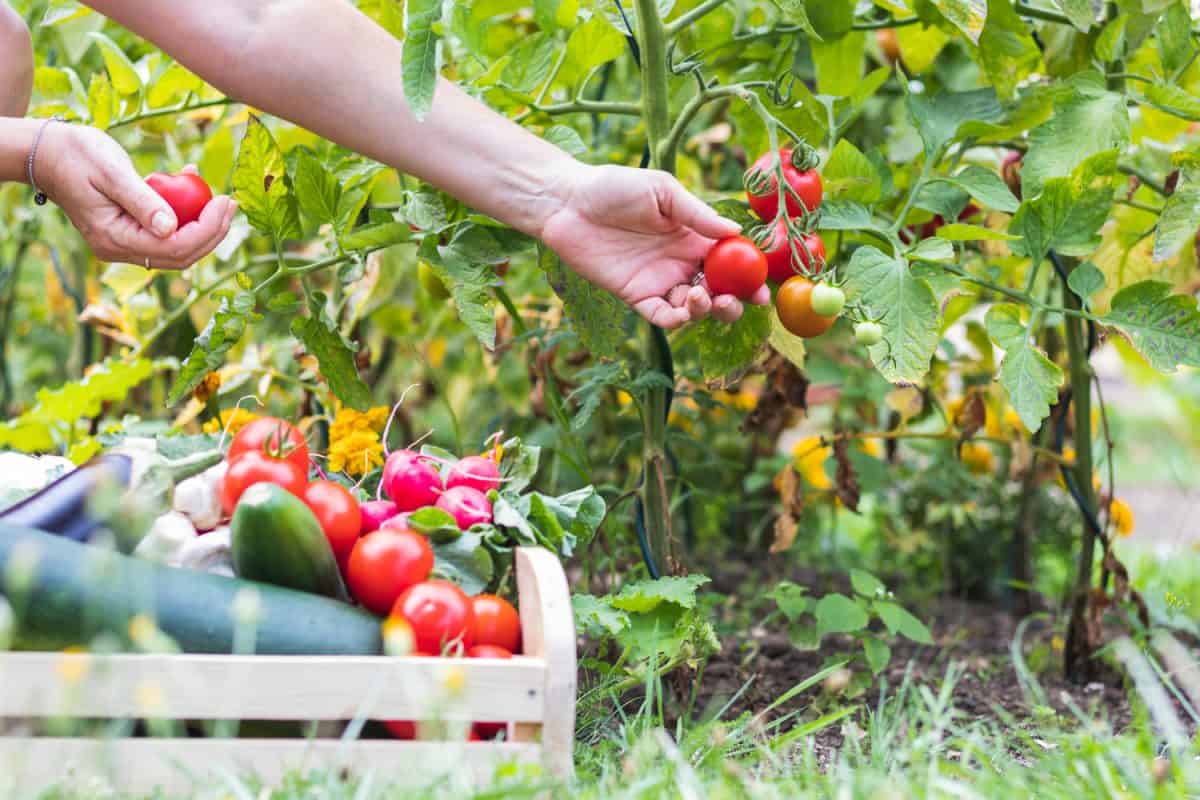
The safety of vegetables that have been sprayed with pesticides is determined by the U.S. Environmental Protection Agency. Sevin as a brand is deemed safe by the agency, however, extreme caution should still be practiced when handling pesticide-treated vegetables.
It is generally safe to eat Sevin-sprayed vegetables as long as you eat them after the recommended waiting period, and wash them thoroughly to get rid of particulates.
Many consumers are worried about the toxicity of pesticide particles in vegetables, but toxicology assures that it is not the type of chemical but the amount of it that makes food poisonous.
Pesticide levels in vegetables found in supermarkets are so low that consumers can be assured that they won't do any harm to the body.
If you grow your own produce, Sevin is still relatively safe as long as you practice caution. Make sure you wear gloves and long clothing to protect your skin, and that you don't saturate the leaves with too much pesticide.
Overexposure to pesticides
Do not spray Sevin liberally since you may become overexposed. If you've been subjected to overexposure, go to the doctor immediately. You may start experiencing blurred vision, breathing problems, tremors, and vomiting.
How long should you wait before eating sprayed vegetables?
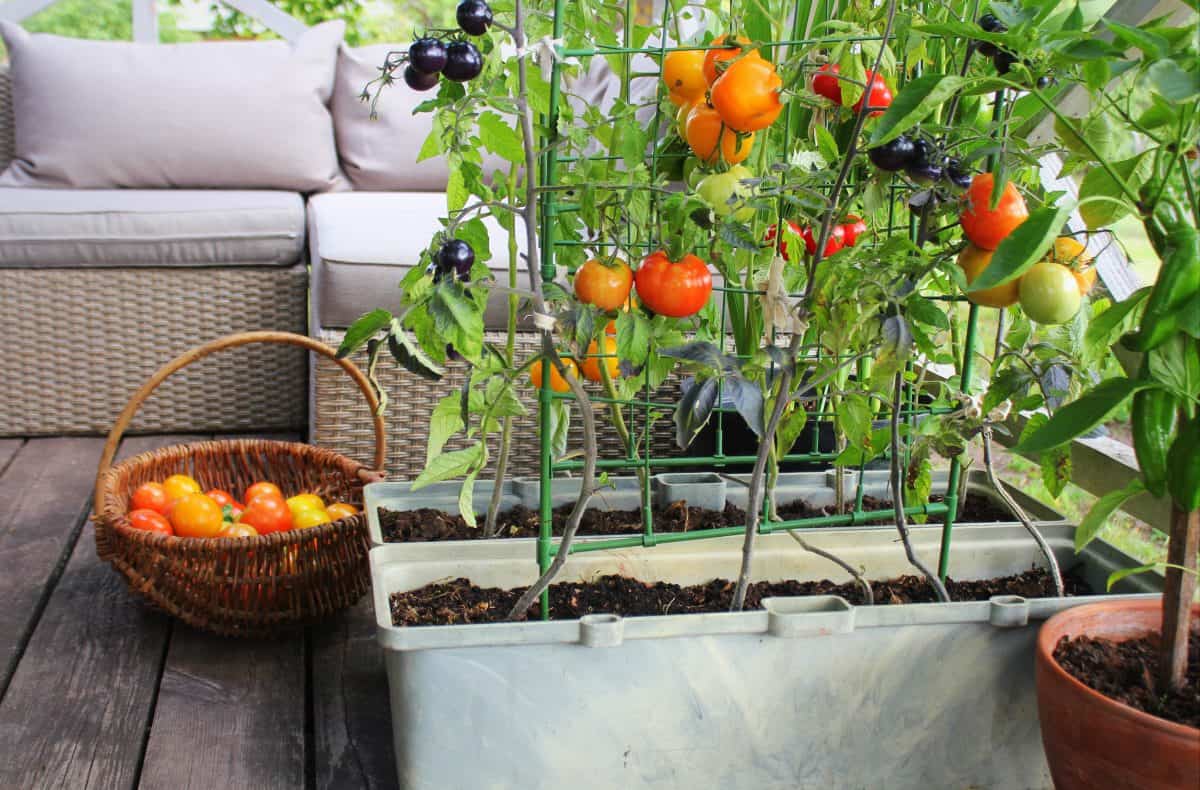
The PHI or Pre-Harvest Interval is essential to determining the perfect timing to harvest your vegetables after spraying them with Sevin.
Sevin Dust Spray has a longer PHI than other formulations. Leafy greens such as spinach, kale, and lettuce have a PHI of 14 days. Some hard vegetables such as chickpea, green pea, and lima beans require a PHI of 21 days, while root crops and berries have a PHI of 7 days.
Fruit vegetations have a shorter wait time, lasting 3 days.
The waiting time also generally depends on the brand of pesticide, so it is best to inspect the chart they have provided to be safe.
It is important to note that if you can't find your specific vegetable on the chart, it means that pesticide is not safe to be used on that particular vegetable. Do not attempt to spray your vegetable then consume it.
If some of your produce has become ripe, you should pick them out first before treating your leaves with pesticide. You wouldn't want them to become overripe and rot as you wait for the appropriate harvest time--it would be a waste!
Sevin Concentrate Vs. Ready-To-Use Liquids: What to use?
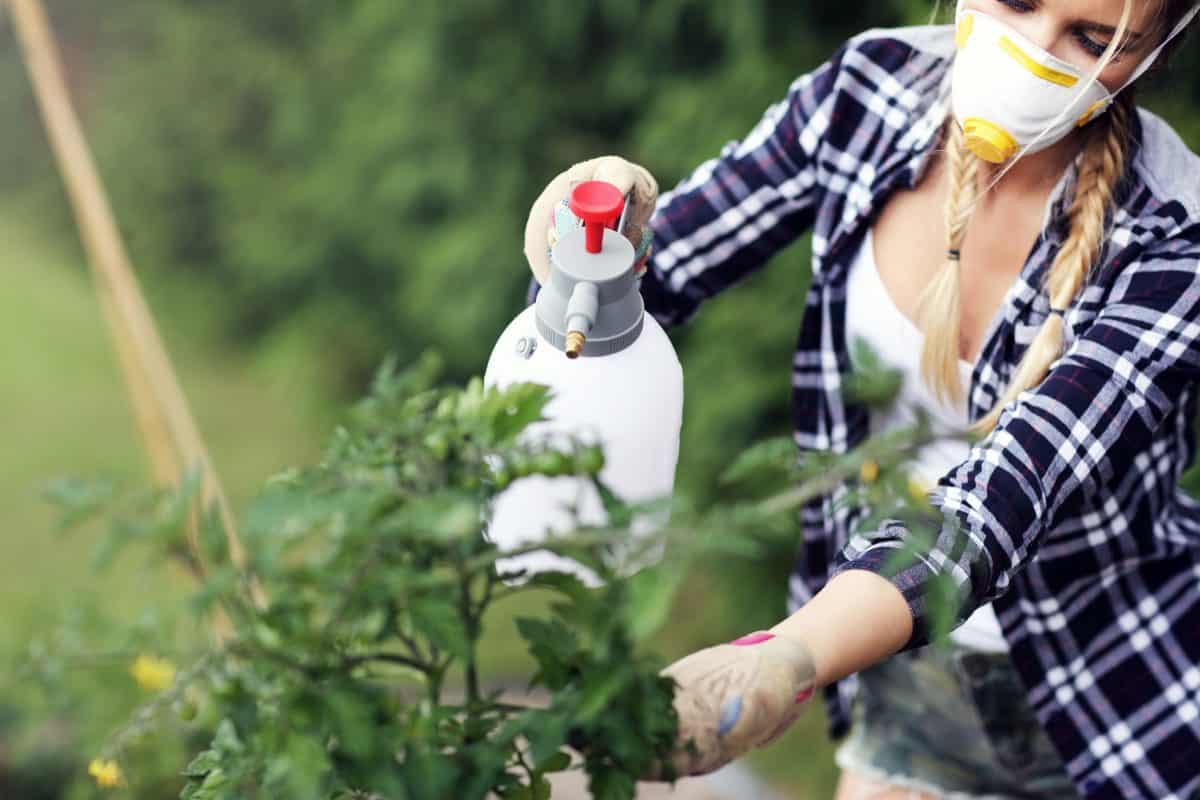
Ready-to-use liquids are those that come in spray bottles. They don't require any special preparation, so you don't need to worry about pouring the correct amount or having exact measurements for mixing.
The only thing you'll need is to evenly spray along the vegetables, avoiding specific parts that won't benefit from it.
Concentrate Liquids, on the other hand, need to be diluted in water or they can become poisonous to plants. This also requires more caution during handling.
Concentrate liquids are for situations where your garden seems to be housing more than one type of pest--and one seems stronger than the other. Some pests require higher doses for them to be killed, and you can easily control this using the Sevin liquid's cap that acts as a measuring cup.
Sevin Ready-to-Spray Liquids Vs. Sevin Dusts--Which to Use?
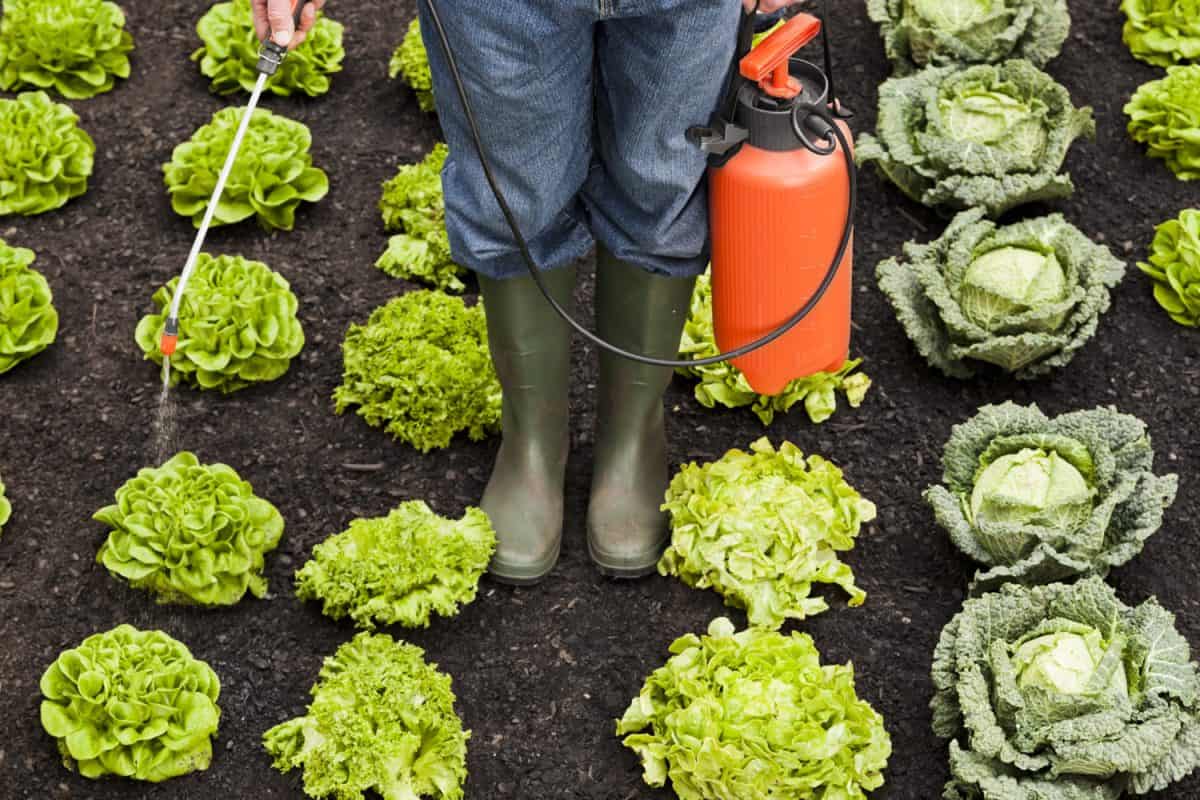
Sevin dust bottles contain fine powder particles that you can sprinkle over the soil. These particles can reach into the soil's crevices where worms and pests are likely to climb up and damage your vegetation. They come in shaker containers, making it easier for you to target specific parts that need treating.
If it's easier for you, you can put the powder in a separate, more shallow container. While wearing gloves, get a handful of powder and spread them on the soil near the plant's stem, making sure to avoid the blooms.
The worms and pests that crawl up to feed on fresh vegetation will need to go through the dust powder, and it will instantly kill them. Sevin dust bottles are ideal for chest-height plants and shorter because of this quality.
Ready-to-spray liquids, on the other hand, are generally used if you want a clean sweep of your vegetation. Unlike Sevin Dusts which is used to target crevices and low-lying areas, Sevin Ready-To-Spray is used on all your plants without targetting a specific area.
This spray is diluted in water and connected to a garden hose, so it is convenient and easier to use. Use this to cover large areas to prevent insects from gnawing on your plants.
Are there alternatives to Sevin?
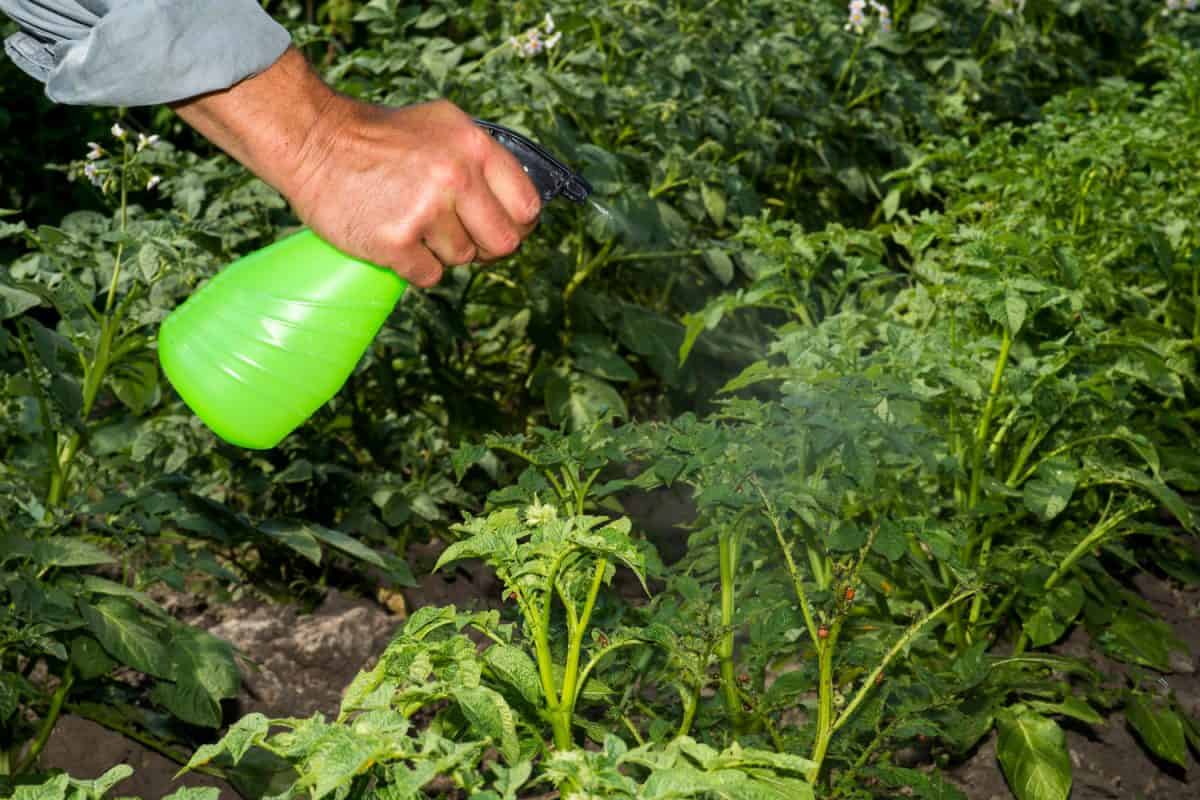
Although Sevin is highly effective in getting rid of pests in your garden, there are times when you'll need to rely on alternatives especially if you're starting to get affected by the toxic chemicals contained in Sevin sprays and liquids.
These alternatives are ideal if you've just found out that you may be sensitive to harsh chemicals. Here are other ways to eliminate and control pests in your vegetable garden.
Weed Control
Controlling weeds reduces the number of pests and worms that may feed on them, and eventually, your thriving plants. Effective weed control is about mulching, chopping off the heads peeking out on the surface, watering the plants themselves, and avoiding the weeds.
Natural Pesticides
Applying natural pesticides to your vegetation is the safest way to eliminate pests from your vegetables. You won't have to worry about toxicity, and you can have peace of mind if you ever need to harvest your produce earlier.
Vegetable oil mixed with soap can instantly kill aphids, mites, and thrips. Just mix one cup of vegetable oil with one tablespoon of soap and pour the mixture into a spray bottle, then target the problem areas.
Neem Oil
Neem oil is another safer alternative for your plants, but make sure you avoid applying the neem oil mixture during the daytime since it reacts negatively with sunlight.
To use this oil on plants, pour 1 teaspoon of liquid soap into a gallon of water then mix 2 tablespoons of neem oil into it. Put the mixture into a spray bottle then spray it on necessary areas.
To be safe, you can do a patch test and see if the mixture damages one leaf. If it doesn't get damaged, you can go ahead and spray the mixture into the plant.
Final Thoughts
Vegetables need all the help they can get so they can thrive. Sometimes it would require stronger chemicals that can be found in Sevin sprays, and sometimes you need a milder alternative such as natural pesticides.
Taking care of your vegetation is a year-long commitment. Figuring out the right treatment for your plants is essential to benefit from your produce, and create a healthier lifestyle.
If you enjoyed this article, check out "Does Vinegar Kill Springtails?"

